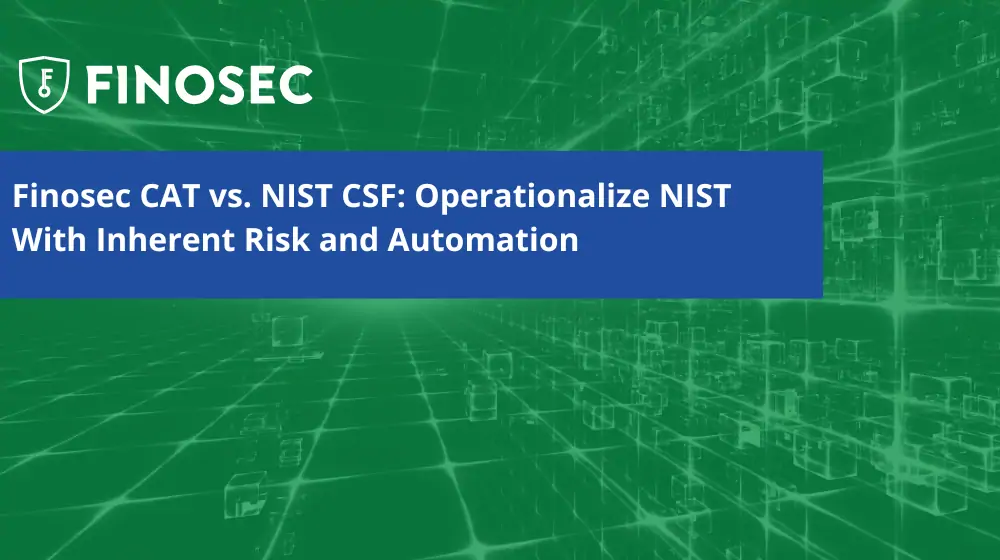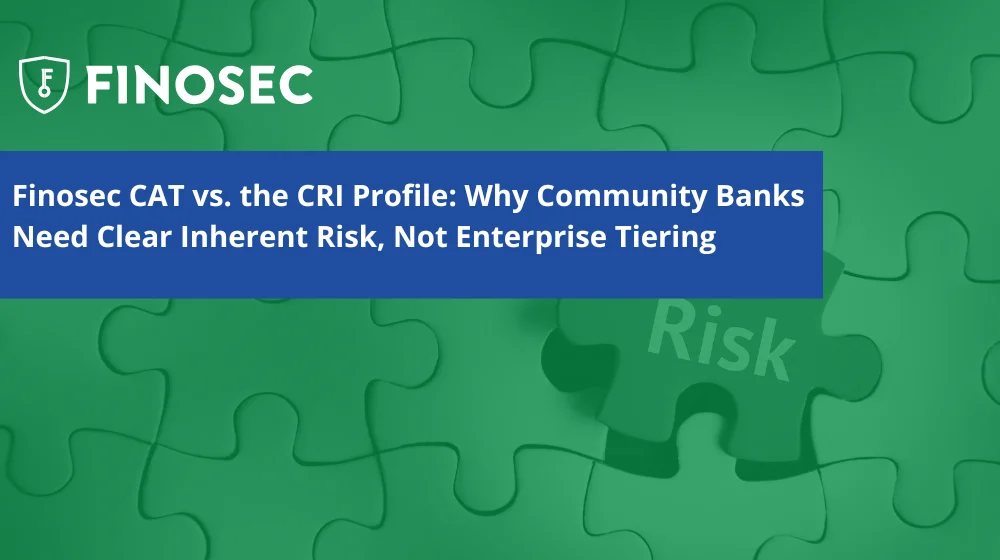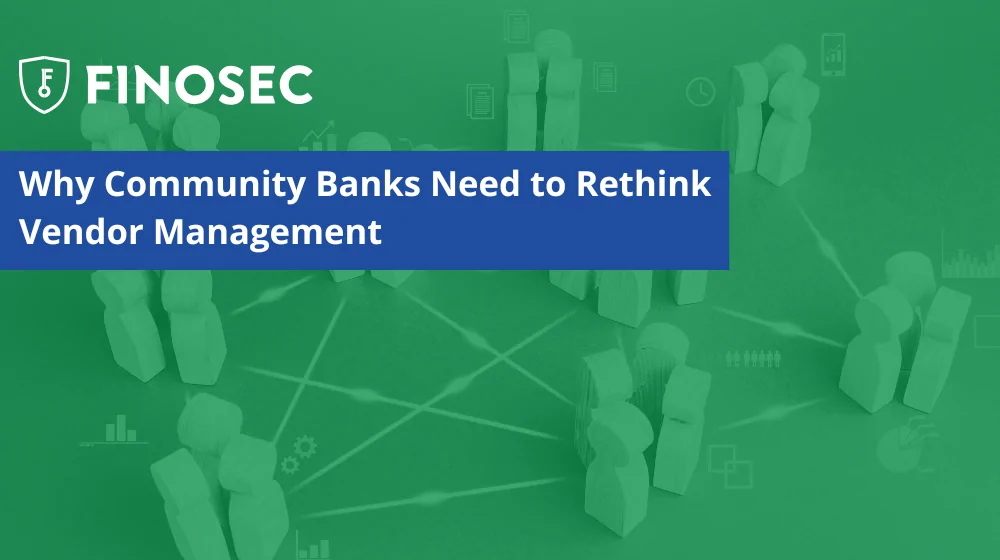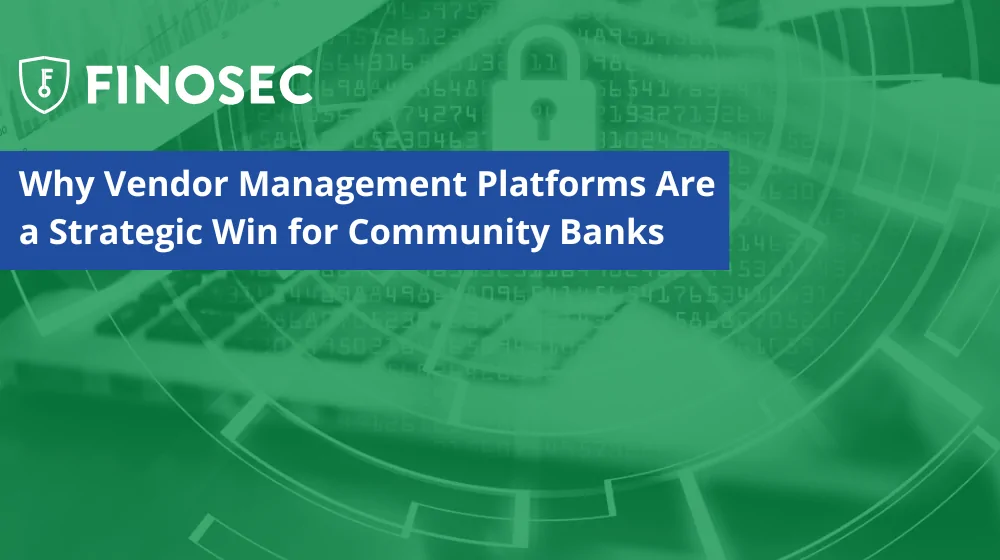In the current economic environment, community banks face unique challenges such as rate compression, shrinking margins, liquidity and commercial real estate concerns. These factors make the upcoming budgeting season particularly daunting for IT and information security leaders. This blog aims to guide you through making a compelling business case for IT and cybersecurity initiatives, even when budgets are tight.
Understanding Economic Challenges and Their Impact on IT Budgeting
Community banks are no strangers to managing risk, but the added economic pressures require a renewed focus on strategic budgeting. As an IT or Information Security Officer, it’s crucial to communicate effectively with your executive team about the risks and needs specific to your department. Here’s how you can align your IT needs with the broader financial challenges your bank faces:
- Economic Context: Begin by outlining the current economic challenges affecting community banks, such as rate compression, margin compression, and commercial real estate concerns as applicable. This sets the stage that you understand the current challenges at the bank and builds the discussion framework on how IT and cybersecurity efficiency need to be prioritized.
- Risk Communication: Financial institution leadership manage based on risk. Leverage your understanding of risk management to speak the language of your executive leadership. Explain IT risks in terms of potential financial impacts, aligning them with the bank’s overall risk management strategy.
Building the Business Case for IT and Cybersecurity Budgets
- Highlight the Necessity of Independence
- Discuss the importance of having an independent Information Security Officer function. Reference the FFIEC guidance from the Information Security handbook and regulatory expectations to back up your case.
- Highlight recent trends in examiner expectations, emphasizing the need for independence and governance to avoid conflicts of interest and enhance decision-making in IT governance.
- Openly discuss the challenges with your team. Explain your current environment; some examples are inadequate independence and lack of expertise which make executing a governance program difficult and time consuming.
- Vendor Management and Third-Party Risks
- Present a summary of third-party risk management guidance to explain the regulatory expectations and the increasing complexity and time requirements of vendor governance.
- Use real examples from your institution to illustrate the time-consuming nature of this task and the potential risks of non-compliance. Some examples are the vendor review process, the complexity in SOC reviews, user access reviews, the vendor risk assessment process, and the overall management of the program.
- User Access Reviews and Identity Access Challenges
- Detail the labor-intensive process of user access reviews and identity access management. Highlight examiners’ expectations and, particularly, the challenges associated with privileged access and change management in complex systems.
- Discuss the implications of not adequately reviewing and managing access permissions, such as potential security breaches or regulatory penalties.
Key Considerations for Budget Presentation
- Document System and Staffing Gaps
- Prepare a summary overview of the number of systems and vendors that require regular access reviews and updates. Explain the staffing or expertise gaps that hinder effective management of these systems.
- Propose solutions for bridging these gaps, whether through hiring, training, or investing in new technologies that automate and streamline processes.
- Risk of Inaction
- Clearly articulate the risks associated with inadequate funding for IT and cybersecurity initiatives, such as the potential for poor audit results, regulatory actions, or security breaches.
- Use scenarios to demonstrate how underinvestment in IT could lead to more significant financial losses in the future.
- Cyber Insurance Compliance
- Review your cyber insurance questionnaire for coverage. Highlight any concerns on documentation for questions that were answered as “yes”. Where gaps exist, highlight these in your budget discussions to underscore the need for adequate funding to meet these requirements.
Accept the Risk or Address the Risk
To conclude your presentation end with a recommendation to either accept the risk or to address the risk with future investments. Your presentation goal should be to make sure that you explain the challenges and options for addressing your concerns. But, if the conversation ends with your executive group accepting the risk, this allows for you to accept that there is not an unlimited budget, and tradeoffs must happen. Highlight the perspective of IT expenditures from mere costs to essential investments in the bank’s security and operational efficiency. Stress the importance of proactive spending to avoid future crises and regulatory issues. Encourage open dialogues about accepting risks and make sure the executive leadership understands the implications of each budget decision.
This strategic approach not only aids in getting necessary budgets approved but also positions IT and cybersecurity as pivotal to the institution’s overall health and sustainability, especially in challenging economic times.






